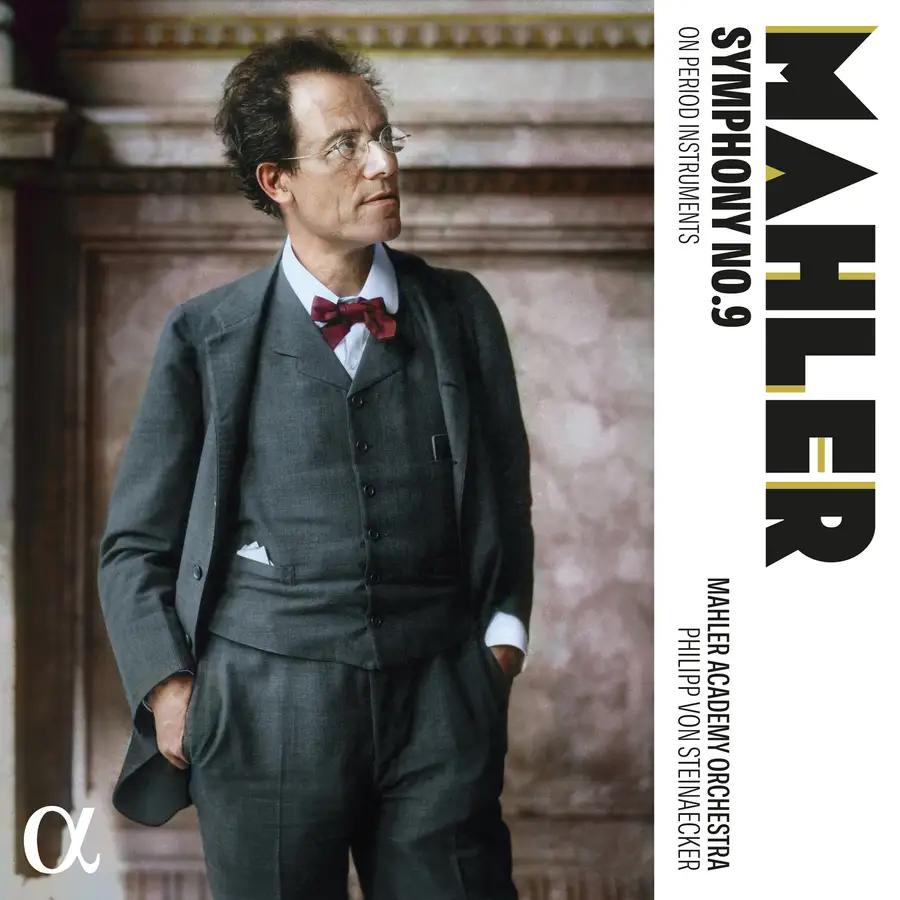Editor's Note: Great Performances on Vinyl
Classical Music Recommendations
Letter from NYC (67): 2017 (6)
What are Favorite Recordings For?
Every audiophile has his favorite recordings. Some of these are for enjoyment, while others are used as "tools" to tweak his own system (and that of friends), even to booster his own ego ("in my system I can hear that subway rumble beneath Carnegie Hall/count three guitars in the backup band") or, worse, to put down another system ("yours can't"). We are good guys, but sometimes we, as audiophiles, do smile the occasional evil smile (to borrow from Sam Tellig)! I admit I do, usually when I take a few CD's to a very expensive system. And others do that to me!
OK, here we are not talking about the evil smile; rather, first I'd like to share with you some musical moments in my listening, great performances that make me realize how well the orchestra had carried out the intent of the conductor. This is only possible when the conductor was in great form, when the orchestra was thoroughly committed, and when it was captured well by the recording engineer, and when the system gets it right. So while these recordings have superb sound, the focus here is not on the recording quality per se, rather on why I found certain moments particularly illuminating. This would also give you some insight into how I listen.
The Perfect Crescendo, Noble Brass Utterance, Unshakable Bass Foundation and the Long Line
The well executed crescendo is a thrilling experience - as it is a short journey, it is not often that we get to smell the roses along the way, but when things do come together, when the calibration is precise, it is more than thrilling, it is spine-tingling. This is another reason why I prefer tube. For some reason, most ss gears just tighten up more and more as the orchestra swells.
As for crescendos (and decrescendos), those in Bruckner are of a quite different kind from Mahler. There are so many of them and, coupled to the lack of tone painting and frequent woodwind and string stirrings, one doesn't quite listen in the same way. But when I did pay attention, the quality of the execution in dynamics was apparent.
Just as in Mahler, where some would not listen to anything other than Bernstein no matter how much he pulls the score one way or another, not everyone will warm to Klemperer's cooler ways. But if you do, the LP is not hard to get. In CD form, this reading is available in an excellent sounding bargain box set (which I have in HK). For an unusually insightful review of the set, go to musicweb-international.
 Bass Foundation Just a few days ago, I played an LP I bought in the UK. Sibelius Finlandia (Halle/Barbirolli, EMI) has been a favorite LP of mine (the other pieces, especially a bewitching Pohjola's Daughter, are arguably even greater in performances) for decades and my US budget Seraphim copy is pretty worn out.
Bass Foundation Just a few days ago, I played an LP I bought in the UK. Sibelius Finlandia (Halle/Barbirolli, EMI) has been a favorite LP of mine (the other pieces, especially a bewitching Pohjola's Daughter, are arguably even greater in performances) for decades and my US budget Seraphim copy is pretty worn out.This time, on my reference horn system, I was stunned by several things I hadn't quite felt before. I doubt this is just because the UK LP is superior, it is rather because my listening ability and playback equipment have improved greatly over the years.
The Finlandia is a sweeping performance. The precisely calibrated playing. The crescendos are shorter than that one in the Mahler, but I experienced the same satisfaction. The purposeful winds and brass utterances, just as in Klemperer. And, even more than Klemperer, a superb bass foundation. As the music moves inexorably along, the sweeping bass foundation, though sometimes just felt rather than heard, is always there and comforting, like the presence of a Guardian Angel. This is as it should be. Interesting, my different preamps render this differently, and my Shindo Monbrisson excels. I'd write about this in detail in my next article.
The LP is not hard to get. At this moment in CD form it seems to be only available in the set pictured (here is a review by gramophone ).
---------------------------------------------------------------------------------------------------
And now I am going to mention two recordings that are a bit different. They did not shed as much insight on the audio interface for me as the above mentioned ones, but they are great in their own rights.
Borderline Recording? Some time ago in a dollar bin I found the Dvorak "American" Quartet (Budapest Quartet, Columbia). The Quartet was paradoxically all-Russian by this time, and this was their almost never issued last recording. First violinist Roisman's tone is pretty lean, and when combined with Columbia's usual sound (on the aggressive side) will reveal the least of the system's bright aspects. Otherwise, the performance just kept growing on me - it is magnificently of one piece. Even the recording quality grows on me - it has great separation of the instruments and the individual timbers of the rest of the quartet are magnificently caught (particularly the viola). In a way, it is somewhat of a living dangerously, on the edge kind of thing, but highly satisfying. I found another copy and gave it to Andy, who also loves it. We took it to R's and the playback made us smile (no evil!). There is no CD, but you can easily buy this LP for very little money, though I just saw someone unconscionably asking for $255 on Amazon! The crazy world of discontinued recordings!

















No comments:
Post a Comment